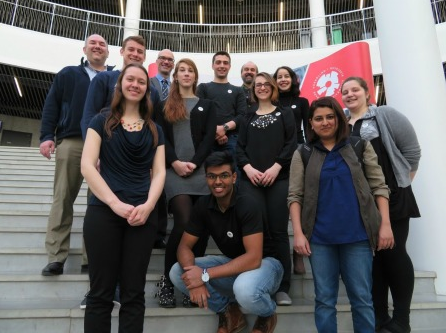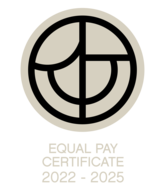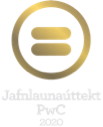Annual innovation course welcomes students from Alberta, Canada
Every spring, first-year graduate students at Reykjavik University are organised into random groups of three or four and assigned the task of coming up with a new business idea. The students then have three weeks to bring together ideas and skills, and knowledge from their respective academic fields to make their plan, and are even encouraged to do a prototype of the new product.
In recent years, groups have gained national and even international attention for new products such as shampoo made of cow urine, the next generation of emergency flares and bracelets for tourists with GPS.

"Why don't we do this here?"
The Innovation and Entrepreneurship course is off to a good start this year with just over a week to go. The latest addition to the course is a group of students from The University of Alberta, Canada. As the University's Dept. of Computer Science Chair Mario Nascimento explains, the enrollment of the Canadian students is a part of a larger plan but the RU participation came about by chance.
“We found out about this by serendipity,” said Nascimento. “I met the co-ordinator of their program, saw some videos about it, and came back home thinking ‘why don't we do this here?'”
“By bringing together students and faculty from different areas, you increase their understanding and communication around the value of bringing together different approaches...In innovation, while a lone innovator can have a breakthrough impact, research has shown that diversity and brokered collaboration both increases the number of innovations and the likelihood that the innovation will have an important impact,” says Tony Briggs, professor of Business at the University of Alberta.
Innovation and entrepreneurship
Photo courtesy of Unviersity of Alberta
See more:
UAlberta exploring Iceland's crash course in innovation and entrepreneurship

